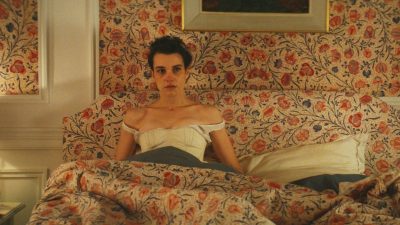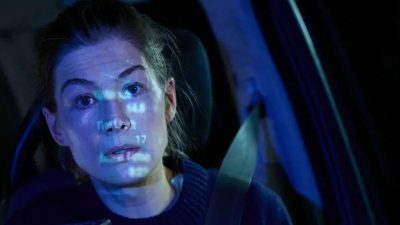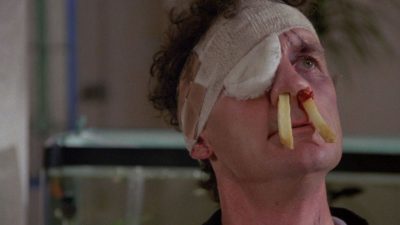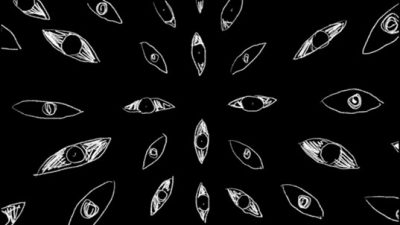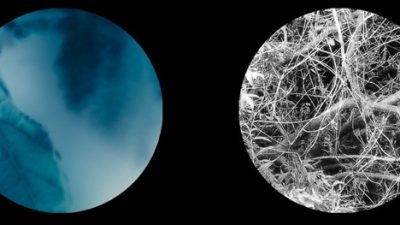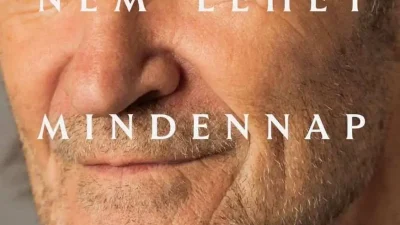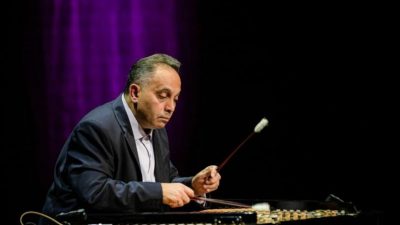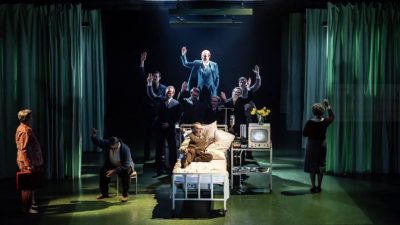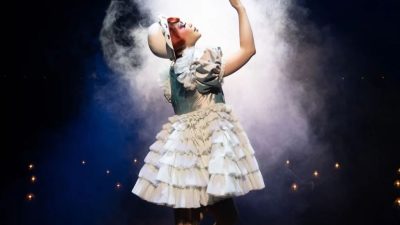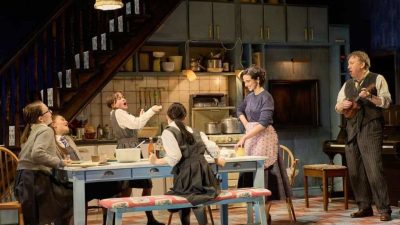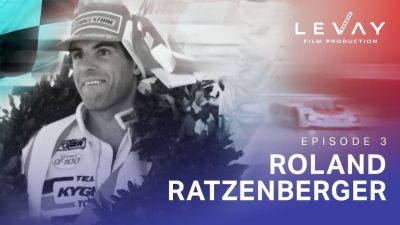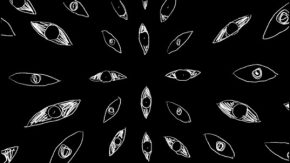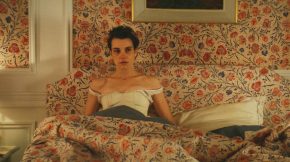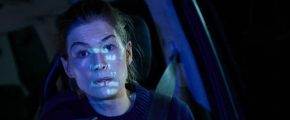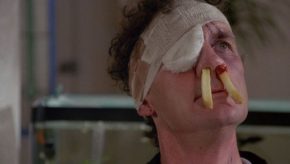How do you humanize a brutal world most of us only glimpse from the safe, flickering distance of a screen? Sean Baker answers this question in Anora with an audacious blend of sensitivity and grit. Known for his commitment to telling stories of society’s fringe characters (Tangerine, The Florida Project), Baker’s latest film plunges us into the chaotic, neon-lit heart of a Manhattan strip club, yet somehow leaves us walking away with tenderness in our hearts and much empathy for these wild characters.
Anora is a triumph of storytelling, style, and mostly importantly: soul. The 2024 film does not just shine a light on the forgotten corners of American society—it invites us to pull up a chair and stay for the entire ride, from a carefree trip to Vegas to a “chase” scene that lasts a night. But it will not let you get too comfortable. In true Sean Baker fashion, Anora cuts deep, and shifts quickly from hilarious to heartbreaking.
A Story of Dreams, Desire, and Quiet Defiance
At its core, Anora is the story of a 23-year-old woman, with a humble background from Brooklyn, simply trying to carve out her slice of the world. Played with arresting subtlety by Mickey Madison, Anora works as a dancer at a Headquarters, a “cool” strip club, and lives in a tiny flat facing train tracks, with her sister. Her life seems to teeter on the edge of monotony, marked by flashing neon lights at night and the quiet grind of survival by day.
Enter Ivan (Mark Eydelshteyn), a young wealthy Russian offspring on what seems to be a disjointed holiday in the U.S. The two meet in the club’s red-and-blue-lit labyrinth, and an unlikely relationship blossoms. Is it love? Lust? Or just two lonely souls clinging to each other for a brief reprieve? Baker never spoon-feeds us answers. Instead, he lets their connection evolve with all the messiness, partying, yearning, and unspoken truths of real life.
The story takes unexpected turns—especially when the plot shifts to Ivan’s family mansion where tension, comedy, and heartbreak collide in one unforgettable long scene that works on the big screen, just like it could on stage.

Source: Blikk
A Visual Feast on a Tight Budget
Now, let’s talk visuals for a second! For a film made on a mere $6 million budget, Anora looks gorgeous. Credit goes to cinematographer Drew Daniels, whose work on 35mm film captures the texture, grit, and vibrancy of New York City. The complementary red-and-blue cold color palette is more than just eye candy—it’s a visual metaphor for the duality in Anora and Ivan’s lives. They always wear these colors, either red or blue, and eventually shed them as their paths diverge. I love those subtle details, everything is a storytelling tool here.
One standout sequence takes us to Coney Island, where Baker’s guerrilla filmmaking style truly shines. The scene, a chaotic chase involving Anora and her strange entourage of Armenian and Russian “henchmen” of Ivan’s family, showing a photo of the boy to strangers, was reportedly shot without permits. Daniels had his camera on his shoulder and a handful of filmmakers and cast would walk up to strangers saying they were looking for a “sick” guy called Ivan. It is dynamic, immersive, and raw, proving that sometimes the best moments are the ones you cannot plan for.
And then there is the sunlight. You have read it right! Baker has a way of turning natural light into its own character. One intimate scene, where Anora and Ivan hook up on a couch, is bathed in golden rays that refract into prism-like colors. It is a fleeting moment of beauty, a rare softness in a film that otherwise lives in stark hues reminding us of movies from the ‘70s. Baker knows how to bring his signature rainbow colors to this project in a subtle way.
The Performances: A Masterclass in Naturalism
If Anora is a feast for the eyes, its performances are a banquet for the soul. Mickey Madison delivers a breakthrough performance that feels effortless. Her Anora is quiet yet can get loud and commanding, her emotions always flickering either beneath the surface or bursting right into your face. She is trying to cope with life by using means of communication and sex, because these are the tools she is used to. In many ways, she is a hedgehog, with her true self constantly in hiding.
Opposite her, Yura Borisov as Igor (one of the Armenians working for Ivan’s family) delivers an understated and stellar performance. With little to no lines, Borisov relies on his presence, his face, and a silent intensity that makes you hang on his every move. He is a force of quiet, warm strength, one that is a rare gem in today’s world.
The supporting cast is equally stellar. Mark Eydelshteynas Ivan brings a kind of endearing haplessness to his role with great clown and “drunk” acting, while Karren Karagulian’s portrayal of Toros adds depth, humor and even criticism about Gen Z, which feels like words directly coming from the auteur behind the project. These characters do not feel like extras—they feel like people you could pass on the street.

Source: The Face
Laughter, Tears, and Everything in Between
One of the most remarkable aspects of Anora is its tonal versatility. It is dark, yes, but never full-on bleak. It is funny, but never at the expense of its characters. Baker weaves comedy, drama, and tragedy into a seamless tapestry.
Even the more profane elements of the story—lap dances, late-night hookups, the gritty realities of the strip club and drug-fuelled partying—are handled with an unexpected sensitivity. Baker does not exploit; he empathizes. He invites us to see these characters not as tropes but as human beings with dreams, flaws, and vulnerabilities. Most of them are trying to cope, and they do not know how to do so in healthier ways.
No Sean Baker film would be complete without a killer soundtrack, and Anora is no exception. From T.A.T.u’s punk-rock All The Things She Said to a love song by Take That (Greatest Day) music choices are as eclectic as they are effective. They set the mood, deepen the narrative, and occasionally provide a wry counterpoint to the onscreen action.
Then there is the wardrobe and styling. Anora’s tinsel-adorned hair is both a nod to her profession (apparently tinsel in the escort world is the latest trend) and a symbol of her resilience—a little sparkle in an otherwise unremarkable life. It is these details, the small touches that elevate Anora from very good to great. Also, the tinsel cannot help but catch our eyes in every shot.
If there is one critique to be made, it is that the film’s pacing falters a bit around midway through. A few scenes—particularly the “chase” sequence—could have been trimmed a bit without losing their impact.
Why Anora Matters
So why should you watch Anora? Because it is not just a movie—it is a mirror. It reflects the struggles, desires, and quiet triumphs of people who rarely get to see themselves on screen. It is a film that makes you laugh, cry, and think, often all at once.
In a world increasingly dominated by blockbusters, remakes and franchise fatigue, Anora reminds us of the power of bold, independent movies. It is a testament to Sean Baker’s talent as not only a filmmaker but as a cinephile, and a celebration of the human spirit in all its messy, beautiful complexity.
If you have a chance, go see Anora. You will leave the theater with your heart a little heavier, your mind a little sharper, and maybe—just maybe—a little more willing to see the humanity in each and every one of us.
You may see Anora at your local movie theater, or catch it on Prime Video or Apple TV.
~ by Dora Endre ~

